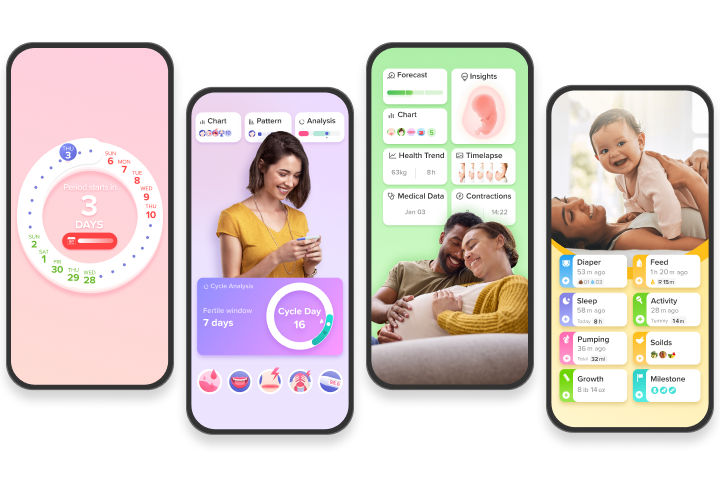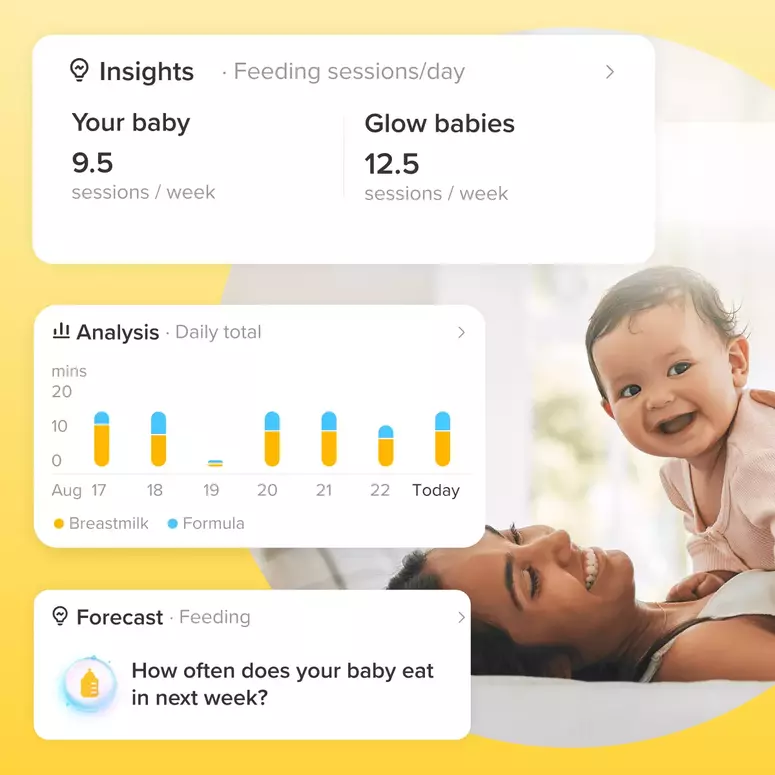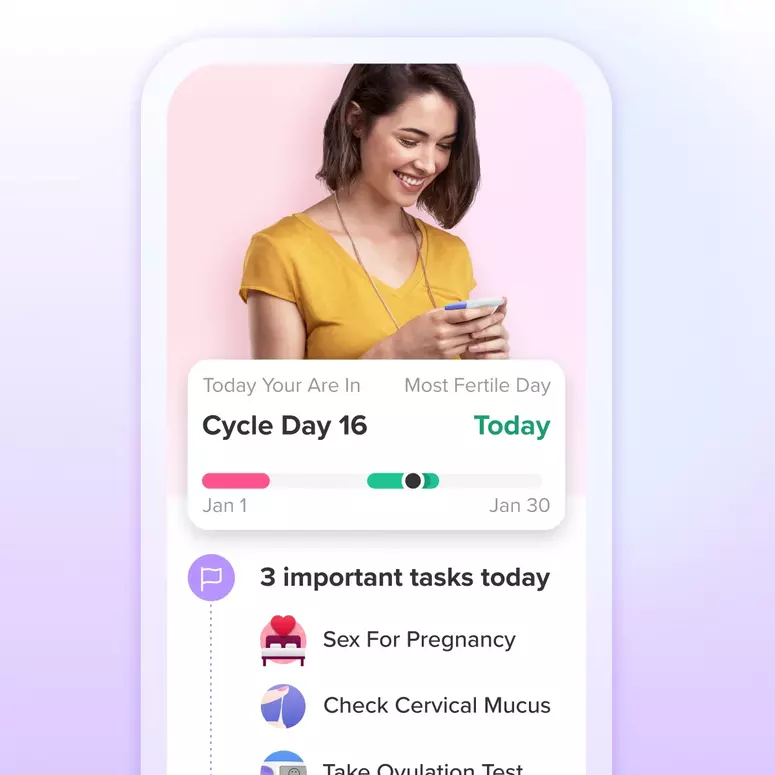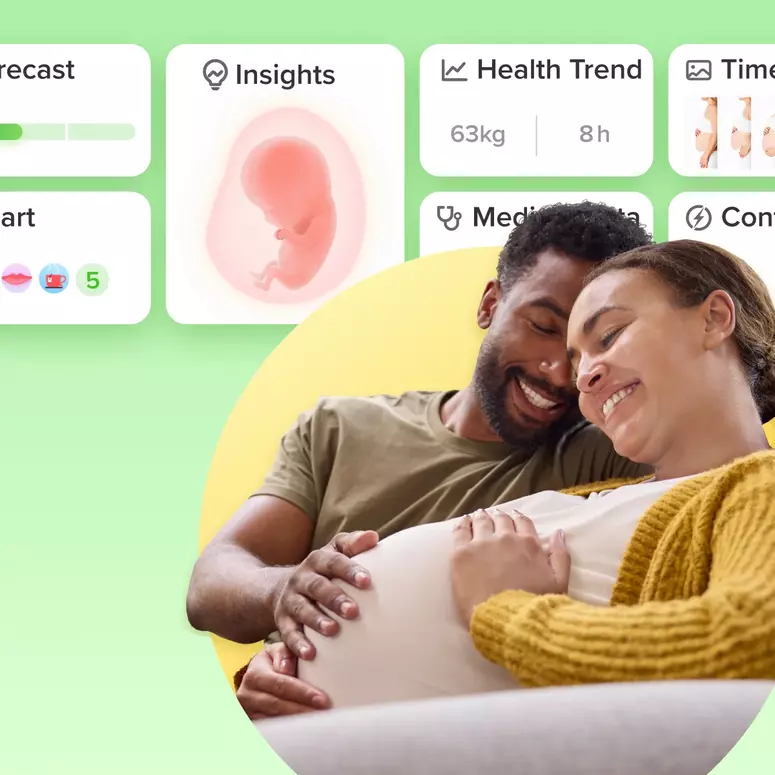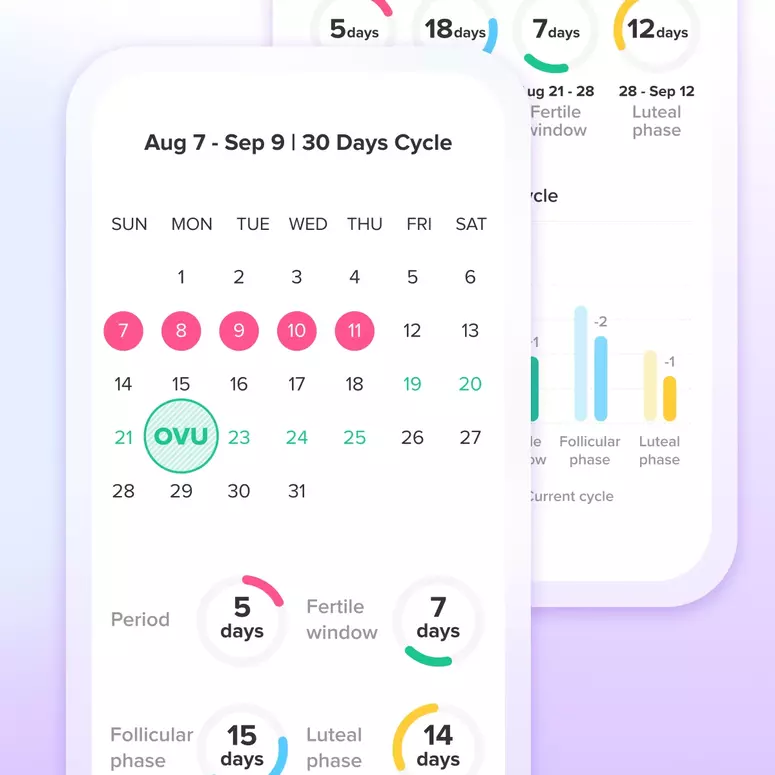Understanding your fertile window is crucial for anyone trying to conceive. The fertile window is the period during your menstrual cycle when you are most likely to become pregnant. Knowing when this window occurs can significantly increase your chances of conception.
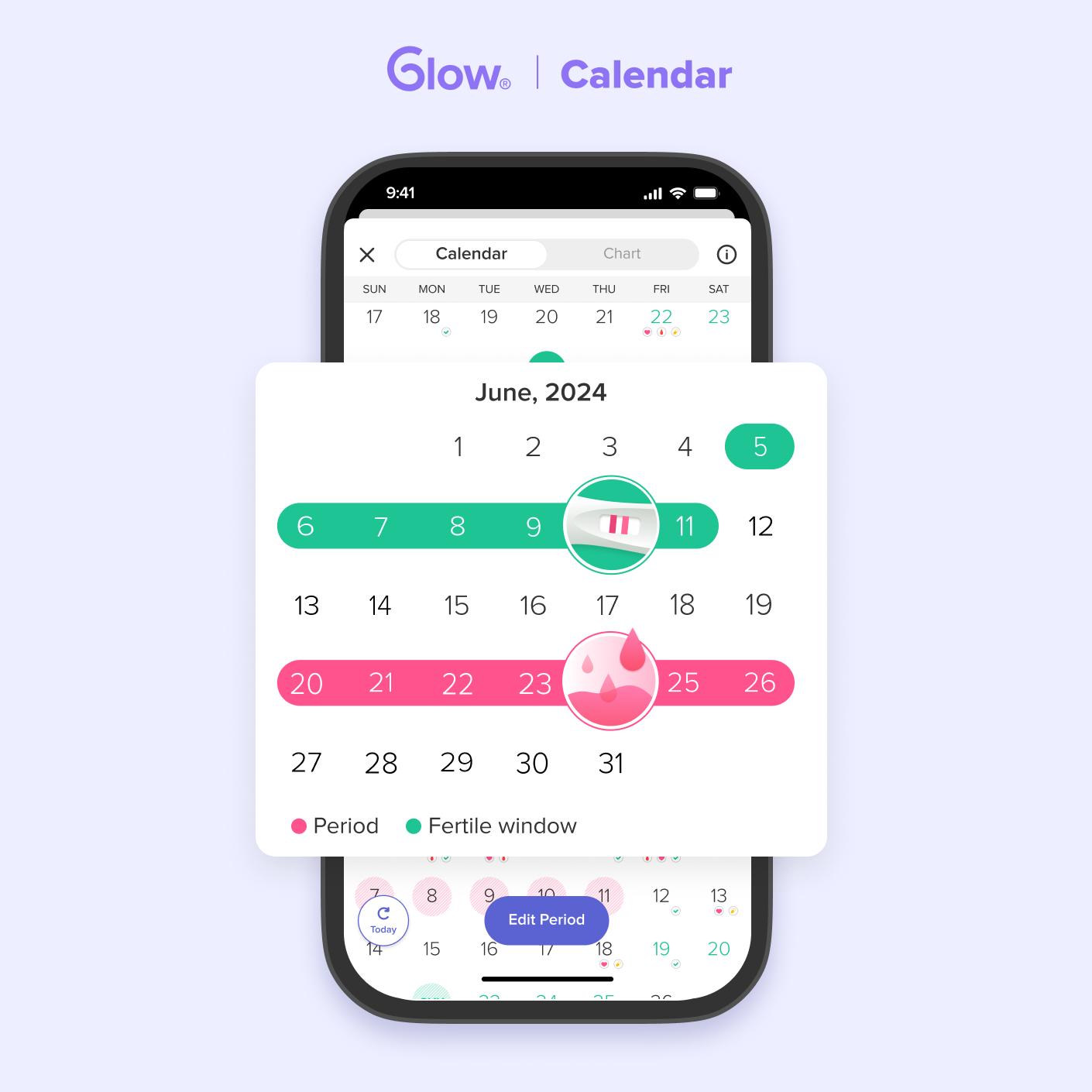
Understanding Ovulation and Fertile Window
Ovulation is a crucial part of the menstrual cycle and plays a pivotal role in fertility. It occurs when a mature egg is released from one of the ovaries, typically around the midpoint of the cycle, which is usually about 14 days before the start of the next period. Understanding ovulation is key to identifying your fertile window — the period during which you are most likely to conceive. For more information about ovualtion, see When Does Ovulation Occur? Understanding the Timing, Process, and Signs.
The fertile window is defined as the days in a woman’s menstrual cycle during which pregnancy is most likely to occur. Specifically, it starts five days before ovulation and lasts until one day after ovulation. This brief but vital period hinges on the process of ovulation, which involves the release of an egg from one of the ovaries. For conception to happen, the egg needs to be fertilized by sperm during this window.
- Five days before ovulation: Sperm can survive in the female reproductive tract for up to five days, so this window accounts for their longevity.
- Ovulation day: The day when an egg is released from the ovaries.
- One day after ovulation: The egg remains viable for about 24 hours.
Determining Your Fertile Window
Accurately predicting your fertile window can be achieved through several methods, each with varying degrees of complexity and reliability:
Basal Body Temperature (BBT) Charting: This method involves taking your temperature every morning before getting out of bed. A slight increase in BBT signals ovulation. Tracking these changes over several cycles can help pinpoint your fertile days.
Ovulation Predictor Kits (OPKs): These kits measure the surge in luteinizing hormone (LH), which occurs approximately 36 hours before ovulation. When the test indicates an LH surge, ovulation is imminent, identifying your fertile window. For more information, see Ovulation Test 101.
Cervical Mucus Changes: Throughout your cycle, the consistency and appearance of cervical mucus alter. During the fertile window, mucus typically becomes clearer, stretchier, and more slippery, resembling raw egg whites. These changes facilitate sperm travel and survival within the reproductive tract.
Natural methods like mucus tracking are cost-effective and non-invasive but can be less precise than other methods. In contrast, OPKs and BBT charting can offer more accurate predictions but may require additional costs and effort.
Utilize Technology
Take advantage of apps and digital tools designed to help you track your menstrual cycle and predict your fertile window. For instance, the Glow app enables you to log various symptoms, basal body temperature, ovulation test results, cervical mucus, and other fertility indicators. By doing so, the app provides personalized insights and reminders. The more data you input, the more accurate the predictions for your fertile window will become.
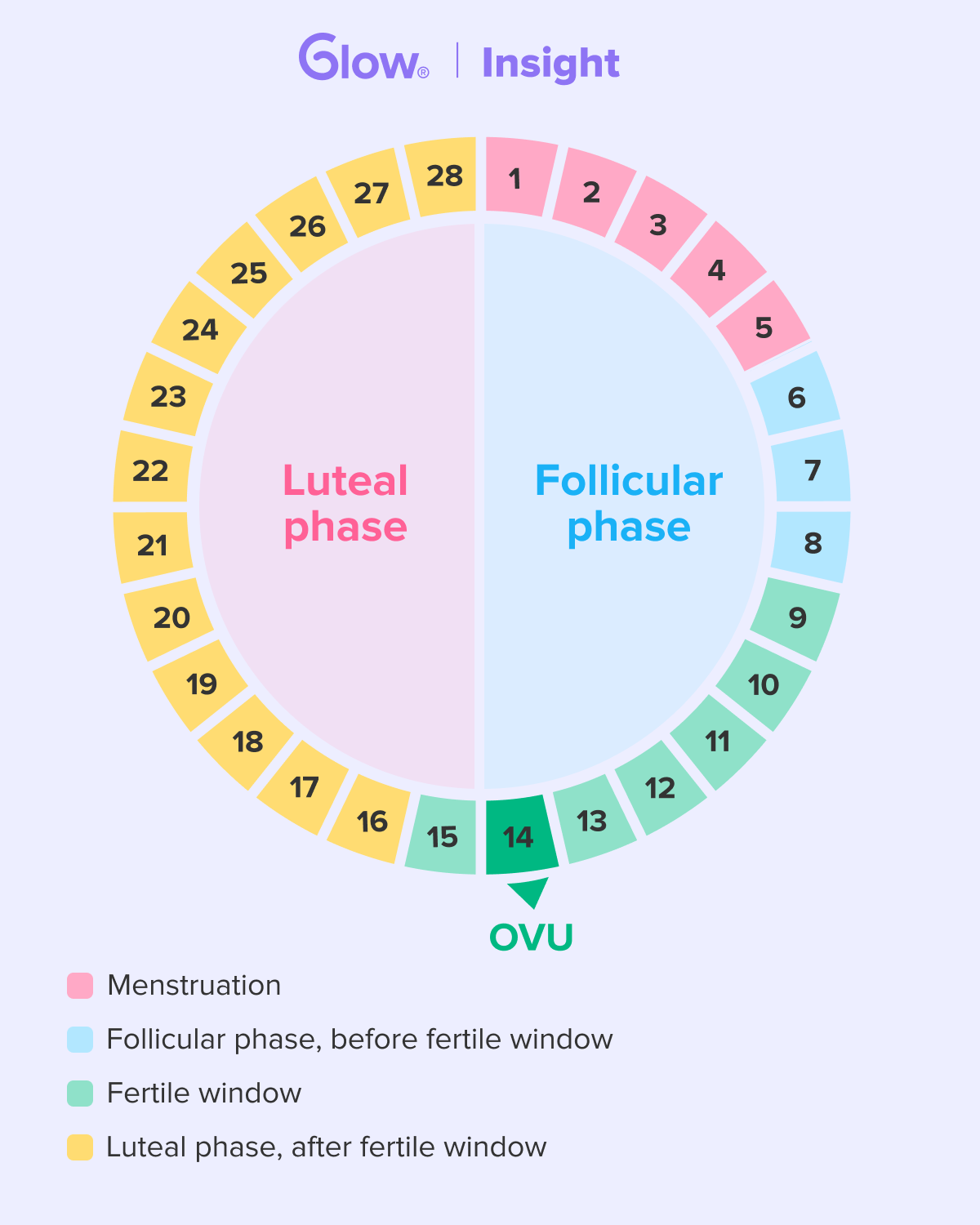
Optimal Timing for Conception
Timing is crucial when trying to conceive. The fertile window presents a narrow timeframe for successful conception to occur. Although sperm can survive inside the female reproductive system for up to 5 days, the egg remains viable for only 12-24 hours after release. Thus, having intercourse in the days leading up to and immediately following ovulation maximizes the chances that sperm will be present to fertilize the egg during its short viability period.
Tips for Maximizing Your Chances
- Regular Intercourse: Engaging in regular intercourse (every 2-3 days) throughout your cycle ensures that sperm will be available during the fertile window.
- Timing During the Fertile Window: Specifically focusing on the days within your fertile window can significantly boost your chances of conception. Pay close attention to the signs of ovulation and aim to have intercourse at least every other day during this period.
By understanding and identifying your fertile window, you can take a proactive role in managing your reproductive health. Whether you choose to use tracking tools or natural indicators, being informed and attentive to your body’s signals can significantly enhance your chances of conception.
